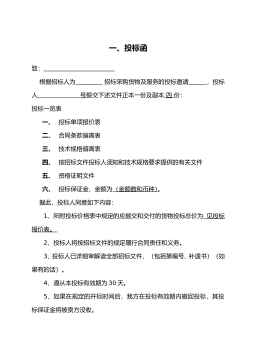
ABSTRACT
In recent years, multi-national companies (MNCs) have been located their regional
headquarters (RHQs) in the metropolises such as Shanghai and Beijing city. Meanwhile,
some domestic large companies are relocating their headquarters to metropolise, and the
plants of manufacture corporations in metropolises are removed to remote areas, so the
headquarters and plants are separated physically. The agglomeration phenomenon of
headquarters in those metropolise has drawn central and municipal government’s much
focus, and academia circle begins to research into the brand-new economy.
According to existing literatures home and abroad, this paper has done a
comprehensive and systematic review of Headquarters Hconomy theory. Earlier studies
can date back to research on corporation headquarters and regional headquarters of
MNCs, then extend to the domain of transnational corporations’ or the corporates’
headquarters location choice theory, and finally to today's Headquarters Economy
theory. The author analyzes and collates some views of scholars in different fields based
on this logical sequence. Next, this paper discusses the theory and formation process of
Headquarters Economy.This process is: “corporate headquarters independent
--corporate headquarters or regional headquarters and its plants separated
spatially--headquarters agglomeration -- headquarters industrial clusters formed (value
chain) ”.
There are many factors influencing development of Headquarters Economy,
including policies, laws, modern service industry, transport and information,
agglomeration of headquarters, Central Business District building (CBD), high-quality
human resources and so on. Based on these foctors, the author establishes the
Evaluation System for urban development capacity of Headquarters Economy,
determines the weighing from survey, handles index system with AHP, integrates
composite index of each urban development capacity of Headquarters Economy. Finally,
the arthor further analyzes the 16 urban development capabilities of Headquarters
Economy, divided into four levels: Shanghai as a class; Hangzhou, Nanjing, Wuxi,
Ningbo as a class; Suzhou as a class; Changzhou, Nantong, Yangzhou, Zhenjiang,
Yangzhou, Taizhou, Jiaxing, Huzhou, Shaoxing, Zhoushan, Taizhou for the category.
This paper focuses on the advantages and disadvantages of Headquarters
Economy’s development in the Yangtze River Delta, and development characteristics.
The first characteristic is imbalance among 16 cities, which most headquarters are





















